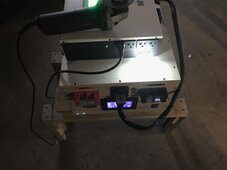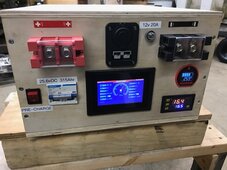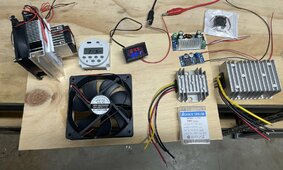Kahdeksan_minuuttia
New Member
Would be interesting to just put the battery outside, turn on the heating function and measure energy used for a period of 8-hours, with no loads affecting the numbers.
Some 50mm polystyrene insulation would reduce the heating requirement considerably. I am working on an removable insualted box option.
I can do a more detailed test this weekend if you would like the data collection, just let me know.
I am very interested to hear the results, if you do some testing with the battery box outside in cold with energy measurements of heating energy / power. And additionally how do loads affect the need for heating.
My next step is to order some heating and cooling parts as well as fans for a "dummy" battery box to be constructed. It won't be that cold this spring anymore so the summer time tests are my focus at the moment.
Probably the heating is easier to solve than cooling especially if cooling with just fans is not enough to keep the battery temperatures at the acceptable level.
After watching some videos about terminals, busbars and connectors and possible heat produced by them it seems that the resistance over the terminals and connectors may cause lots of additional heat. So the first thing is to eliminate the need for cooling in the first place. Flir One for a phone would be nice toy, would it be useful for battery builds?






